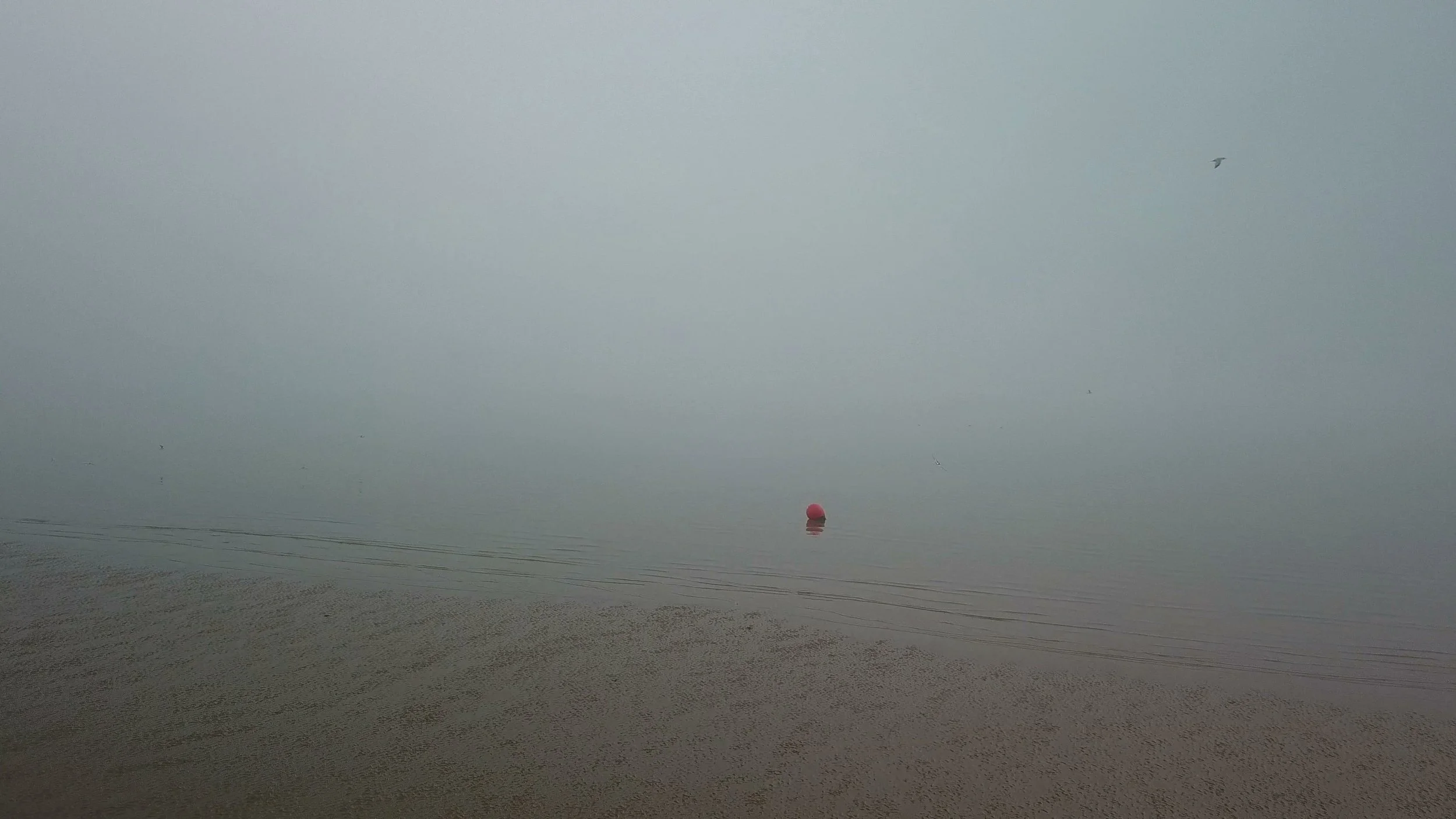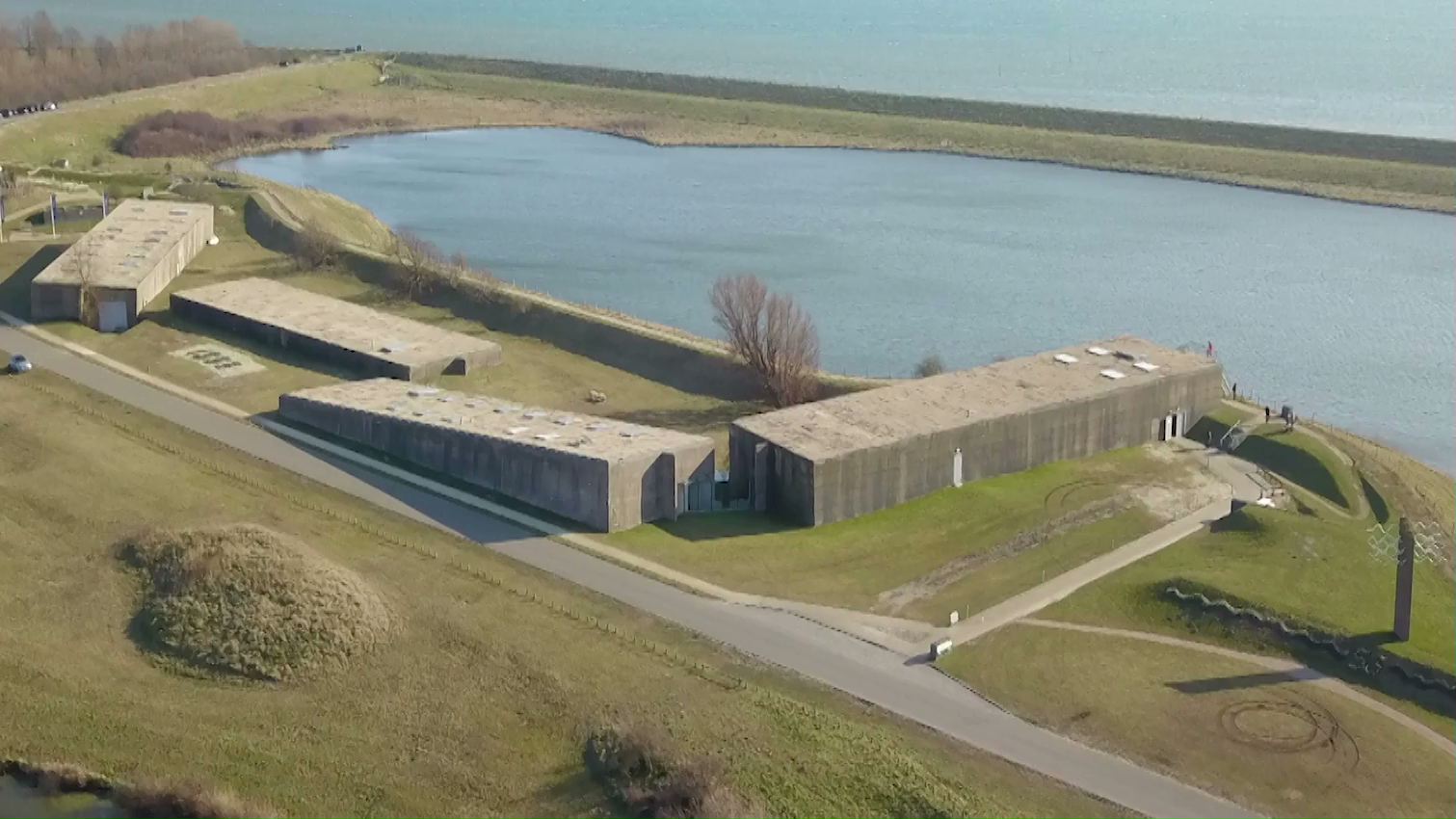Exhibition, various films, gameplay, text, documentary and installations
“My parents always used to say that we must never underestimate the power of water.”
In early 2017, at the Ouwerkerk Flood Museum in Zeeland, Prospektor, along with Kummer & Herrman, were commissioned to fill the museum’s fourth and largest caisson. After the 1953 disaster, these caissons were floated into a gap in the Schouwen-Duiveland dyke that could not otherwise be filled and they now stands sunk into the land, several dozen metres behind the Deltadijk. Inside, the caissons are like concrete cathedrals. It was up to K&H and Prospektor to depict the future of floods in the Netherlands and beyond. With the global rise in sea levels and climate change, it was an exceptionally current assignment and an important theme.
Museum & National Monument of the 1953 Floods
After the flood of 1953, the Netherlands worked hard to build new coastal defences. The country was ringed by dykes, the coastline was shortened, the rivers were given more space and rainwater was collected and pumped away. Elsewhere in the world, floods are increasing in frequency and severity. From the fertile deltas in South East Asia to the coasts of Mozambique and from the hills in England to the mountainous regions of Peru. The Netherlands is also having to deal with increasingly extreme rainfall, sea-level rise and climate change. This is forcing us to think again about the battle against water, because it is a fight that is never ending. It is against this background that Arnold, Thomas Roebers and more and more people started on the huge production that had to be completed in less than six months.
Exhibition
The exhibition can be subdivided into several sections. At the beginning a large-scale film measuring 25 by three metres narrates the 1953 flood and how people are still always attracted by water. No disaster could stop that. For the film, which was principally an enormous editing job, Arnold directed a veritable action film in Colijnsplaat where, in 1953, the men of the village are said to have stood with their backs against the flood gates and managed to prevent disaster. It seemed to be a great metaphor for the power of water. Wijnand Slurink made this amusing ‘making-of’ film about it. Thanks to the united forces of the crew and sharp production by Tess Janse, the quality of the film is excellent, despite the fact we occasionally used improvised technology to shoot it.
Making of
As they make their way through the exhibition, visitors first arrive in the past, where photographer Anoek Steketee has taken portraits of men and women who are named after their brothers and sisters who died in 1953. In poignant interviews, they tell of how the Disaster has always been a part of their lives. Historical objects from the drowned Zeeland town of Reimerswaal, worldwide water deity worship and items from the 2011 Japanese tsunami that washed up in America tell the story of how the battle against water is eternal and universal. Short documentaries from England, the Netherlands, Japan and Vietnam tell how the struggle against water is still ongoing, simultaneously deploying the most advanced and primitive methods. In the reconstructed control room of the Ministry of Infrastructure and Water Management, the visitors can respond to various simulated disaster scenarios. High tide in the rivers? Engage the appropriate services. The exhibition ends with a glimpse into the future. Due to climate change, some areas are becoming drier, other areas wetter and more stormy and other areas will disappear altogether. Within a very short time, the world will change and become unrecognisable with fresh refugee crises and political unrest being among the possible consequences.
Owing to Prospektor’s background as a documentary production agency, all sections of the exhibition have been produced or created documentarily. You can see real people throughout; the people who actually operate the sluice gates, eye witnesses of the great tsunami of 2004 and family of the Colijnsplaat rescuers.
After a year, in partnership with scientists from the Netherlands Meteorological Office (KNMI), a specific sub-exhibition about flooding caused by climate change was added to the exhibition in the Flood Museum.





